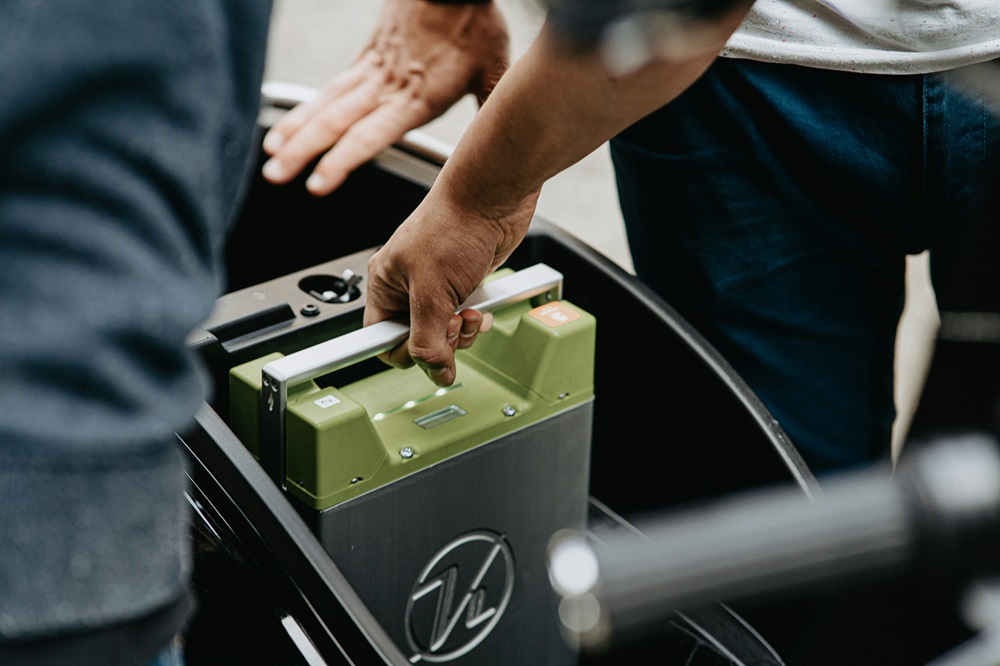India’s energy sector is undergoing a profound transformation, and Battery Energy Storage Systems (BESS) are at the heart of this shift. With growing pressure on grid reliability, increased penetration of renewable energy, and an evolving landscape for C&I (Commercial & Industrial) consumers, BESS presents itself as a critical solution. Discoms (Distribution Companies) are also key stakeholders, aiming to stabilize the grid, ensure consistent power supply, and enhance profitability.
1. Rising Energy Demand and Grid Modernization
India is experiencing surging energy demand, driven by industrialization and urbanization. C&I consumers are at the forefront of this growth, requiring reliable energy for uninterrupted operations. However, the country’s power grid infrastructure has long struggled with inefficiencies, particularly during peak hours or when renewable energy sources fluctuate. The integration of BESS offers a pathway to modernize the grid, allowing discoms to store excess energy and distribute it during demand surges, thus maintaining grid stability.
C&I consumers, especially those reliant on high-quality power supply, are increasingly looking at BESS as a solution to mitigate disruptions and avoid expensive grid penalties. With advancements in grid modernization, BESS is no longer an option but a necessity for India's energy-intensive industries.
2. Renewable Energy Integration
As India ramps up its renewable energy goals—targeting 500 GW by 2030—BESS becomes pivotal in managing the intermittency of renewable sources like solar and wind. C&I consumers adopting renewable energy solutions are particularly vulnerable to the erratic nature of these power sources. For discoms, the integration of renewable energy into the grid without compromising reliability is a challenge that BESS can solve by offering backup power during low-generation periods.
Additionally, government incentives aimed at boosting solar and wind installations are making BESS more attractive for C&I consumers seeking long-term sustainability solutions. With the push towards net-zero emissions, both discoms and large-scale industrial users are looking at BESS to ensure energy security, maintain cost efficiency, and reduce carbon footprints.
3. Cost Optimization and Demand Charge Reduction for C&I Consumers
High power tariffs and demand charges are significant cost burdens for C&I consumers in India. BESS allows these consumers to store energy during off-peak periods and discharge it when energy prices surge, thus reducing reliance on the grid during peak hours. This demand charge reduction, combined with a decrease in operational costs, makes BESS an attractive investment for large-scale industries.
Additionally, innovations in battery technology and declining costs of storage systems are accelerating the deployment of BESS. C&I consumers are finding it economically viable to install BESS as part of their energy management strategies, enhancing their ability to meet operational targets while lowering energy expenses.4. Regulatory Support and Government Incentives
India’s regulatory landscape is becoming increasingly favourable for BESS adoption. The National Electricity Policy and the draft National Energy Storage Mission are among the frameworks encouraging the deployment of BESS in various sectors, including C&I and for discoms. Policy initiatives like these not only incentivize BESS installations but also provide a roadmap for discoms to integrate large-scale energy storage into the grid.
In addition to government schemes, tariff reforms and energy storage mandates are making BESS a priority. Discoms, which are under pressure to manage financial losses and ensure consistent service, are leveraging these regulatory supports to enhance grid reliability and profitability through BESS adoption.5. Energy Independence and Security for C&I Consumers
India's large industrial base, particularly within energy-intensive sectors like manufacturing, steel, and textiles, is increasingly seeking energy independence. BESS allows C&I consumers to hedge against power outages, volatile grid supply, and increasing energy tariffs. By enabling self-reliance through on-site storage, BESS ensures that businesses can operate continuously, even during grid failures or disruptions. This is particularly crucial for industries that rely on unbroken production cycles.
For discoms, integrating BESS supports their role in delivering energy security, helping to reduce transmission losses and minimize grid failures, ultimately providing a more stable and dependable service to their customers.6. Technological Advancements and Reduced Costs of BESS
The Indian BESS market has witnessed significant advancements in technology, reducing the overall costs of energy storage systems. This trend is driving the wider adoption of BESS among C&I consumers, particularly as the return on investment improves. Lithium-ion batteries are becoming more affordable and efficient, making BESS a viable solution for energy storage.
For discoms, the adoption of BESS technologies offers a strategic advantage in balancing supply and demand, reducing transmission costs, and improving the overall operational efficiency of the grid. The ability to harness low-cost renewable energy during periods of high availability and store it for later use is revolutionizing grid management.7. Sustainability Goals and Corporate Responsibility
C&I consumers are under increasing pressure to meet sustainability targets, driven by both regulatory frameworks and consumer expectations. BESS plays a crucial role in helping these organizations reduce their carbon footprint by optimizing energy use, improving renewable energy utilization, and reducing dependence on fossil fuels.
Discoms, too, are pursuing cleaner energy portfolios, and the incorporation of BESS helps balance the supply of renewable energy and reduce reliance on coal and other conventional energy sources.


